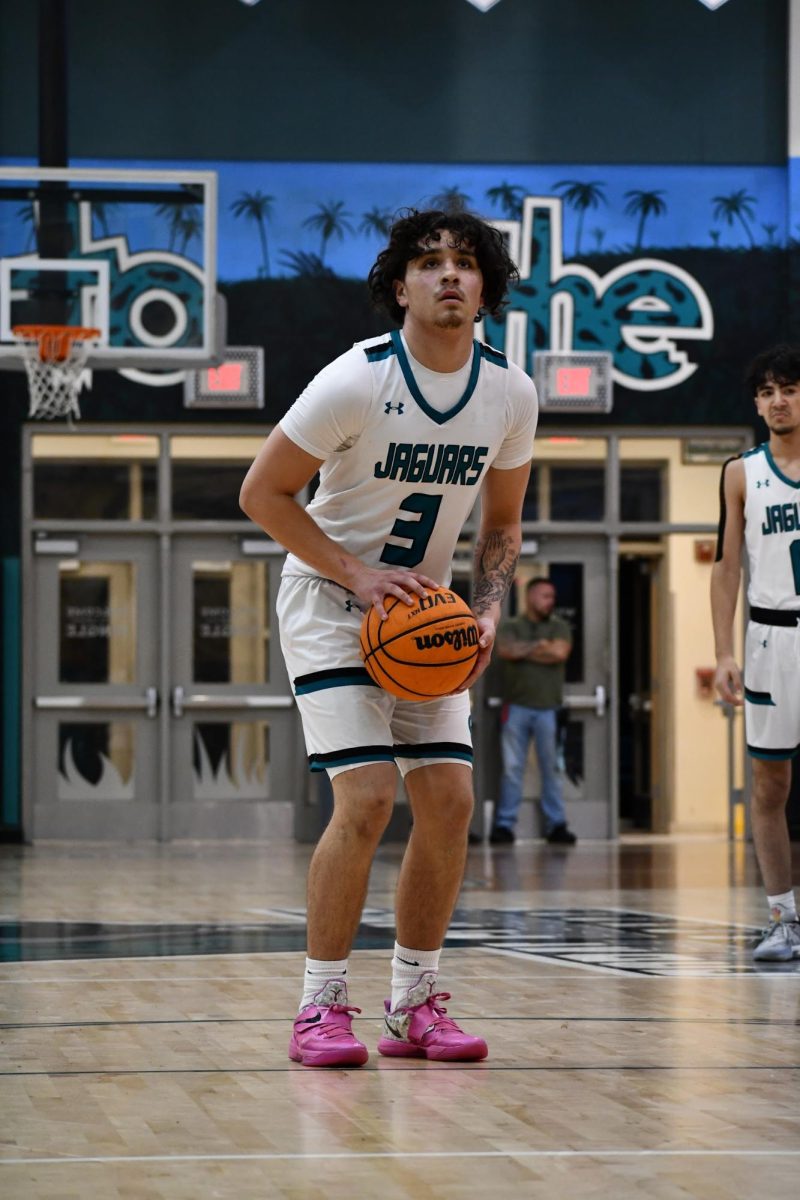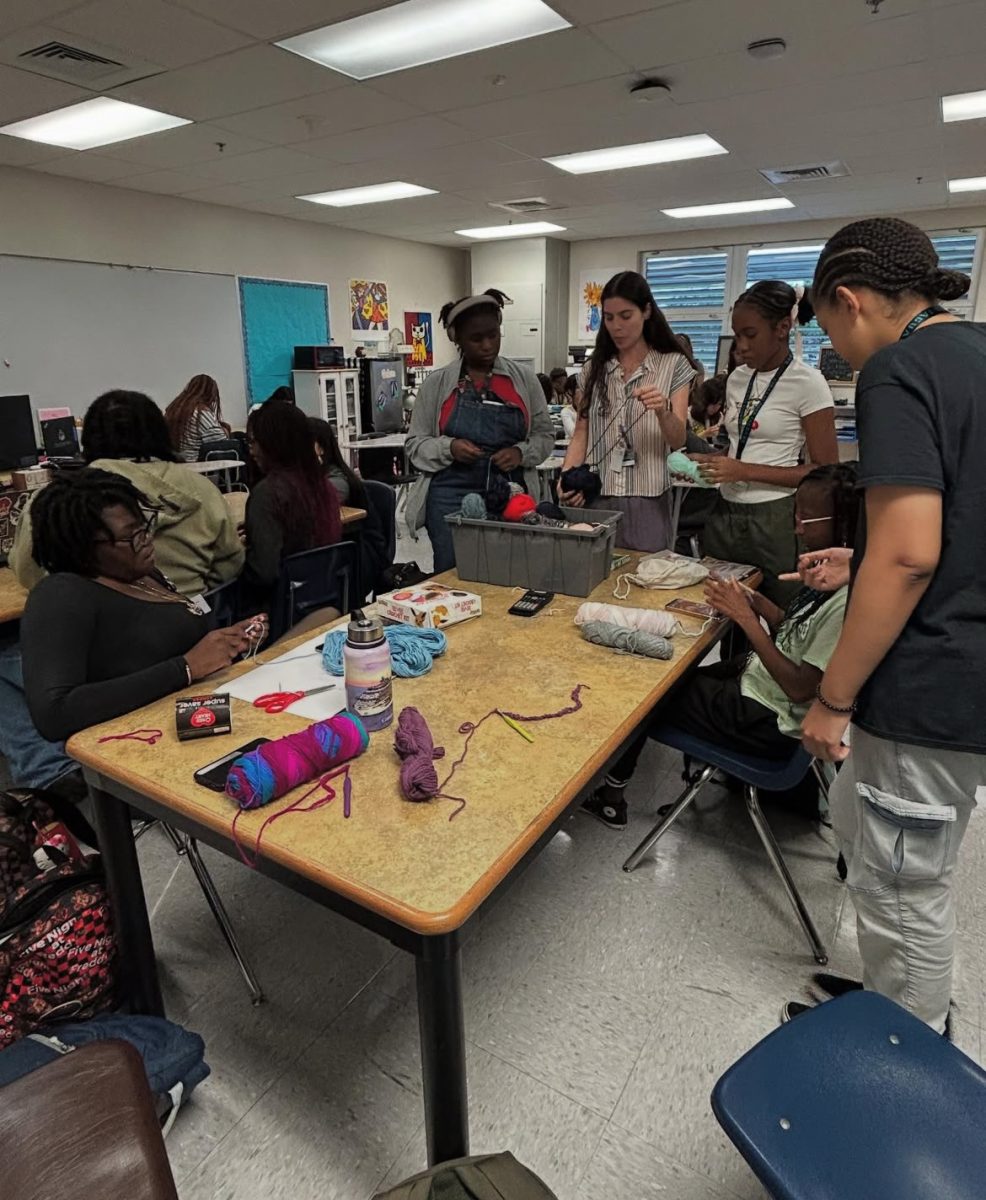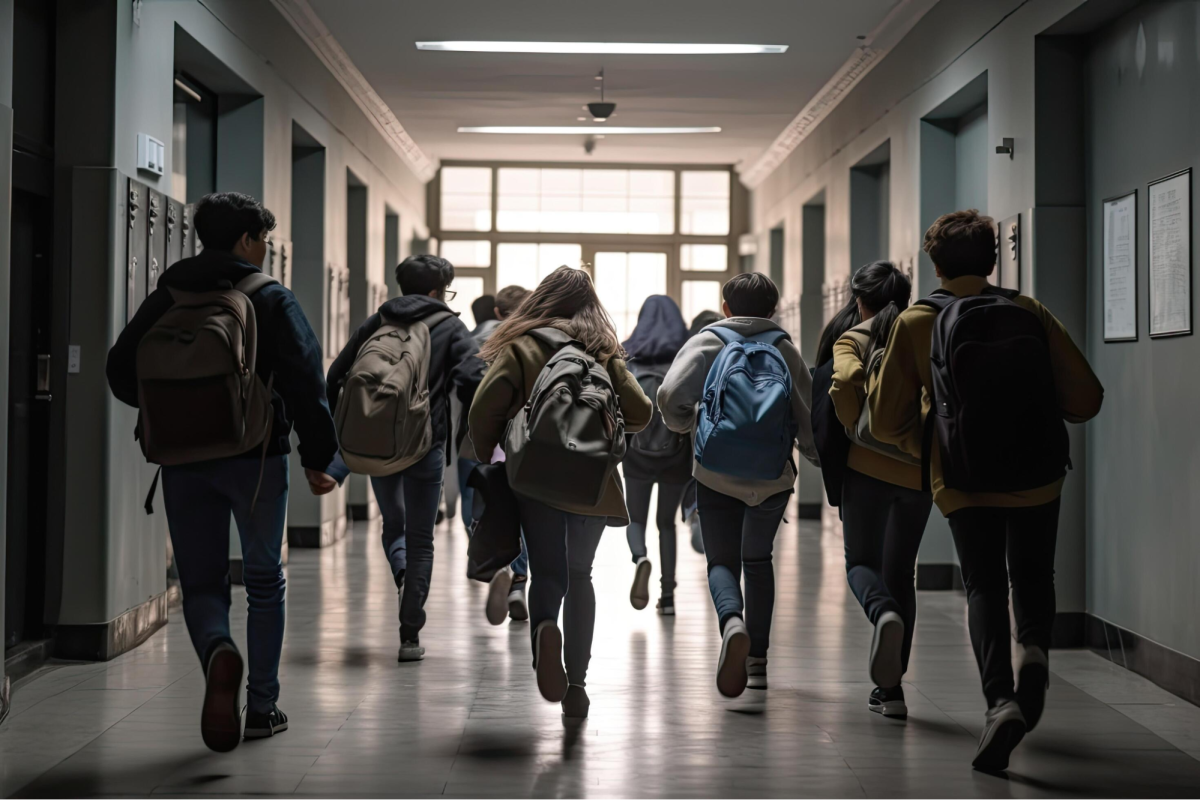Class size has been a topic of discussion in education, with significant research and debate surrounding its effects on student success. Some argue that a smaller class size emphasizes individuality and allows teachers to focus on specific areas of weakness students may have, while others believe that a larger class is necessary because it provides students with a stronger support system at school. Whatever the case may be, it’s important to consider individual schools’ needs and available resources when deciding on the ideal number of students per class. After all, different class sizes have their benefits and drawbacks.
Since the arousal of discussion surrounding this topic, research and trials have been conducted in order to come to a general consensus, specifically on the effects students face as a result of class size reduction. So far, the studies have found that smaller classes correlate with better test scores.
In 1985, Tennessee launched an experiment, the Student/Teacher Achievement Ratio (STAR) project. Around 7,000 kindergarten students in 79 schools had been assigned to classes of varying size.
Four years later, the students placed in smaller classes seemed to be advancing a lot quicker compared to their peers, who had been placed into larger classes, according to findings published in the Teachers College Record. After the study had concluded and students were returned to normal classes, the effects of it had still been observed. It turns out, the same kindergarten students that had been placed in smaller classes years ago were able to stay almost an entire school year ahead of their peers up until high school.
Studies like this highlight the advantages to having smaller classes, especially because some students require more individual attention than others. In smaller classes, teachers are able to identify these specific needs and adjust accordingly. Because there are fewer students, teachers can devote more time towards the individual needs of each student, building a connection that would otherwise be uncommon in a larger setting.
Sophomore Aveline Harding expresses, “I think that these studies are important as they provide information that could help guide the school district in ways that they are able to amend the current state legislature.” She continues, “Any information that can be used to help improve the school system should be taken advantage of.”
In the years of 2002 and 2003, Florida set restrictions on their class size requirements through amendments to the state’s constitution. On average throughout all grade levels, it’s 22 students to a teacher.
“22 students per teacher seems pretty reasonable, there are enough students available to further class discussions without having so many that the class would be out of control.” Says sophomore Rylee Polich.








![[Photograph of an Italian sandwich] Photo Creds: https://www.thepioneerwoman.com/food-cooking/recipes/a42398453/italian-sandwich-recipe/](https://cghstheprowl.com/wp-content/uploads/2025/10/image1.png)











































